TP-Link Deco M5 vs. Deco M4: Which should you buy?
TP-Link is known for making excellent routers, but picking the best for you can get a chore.
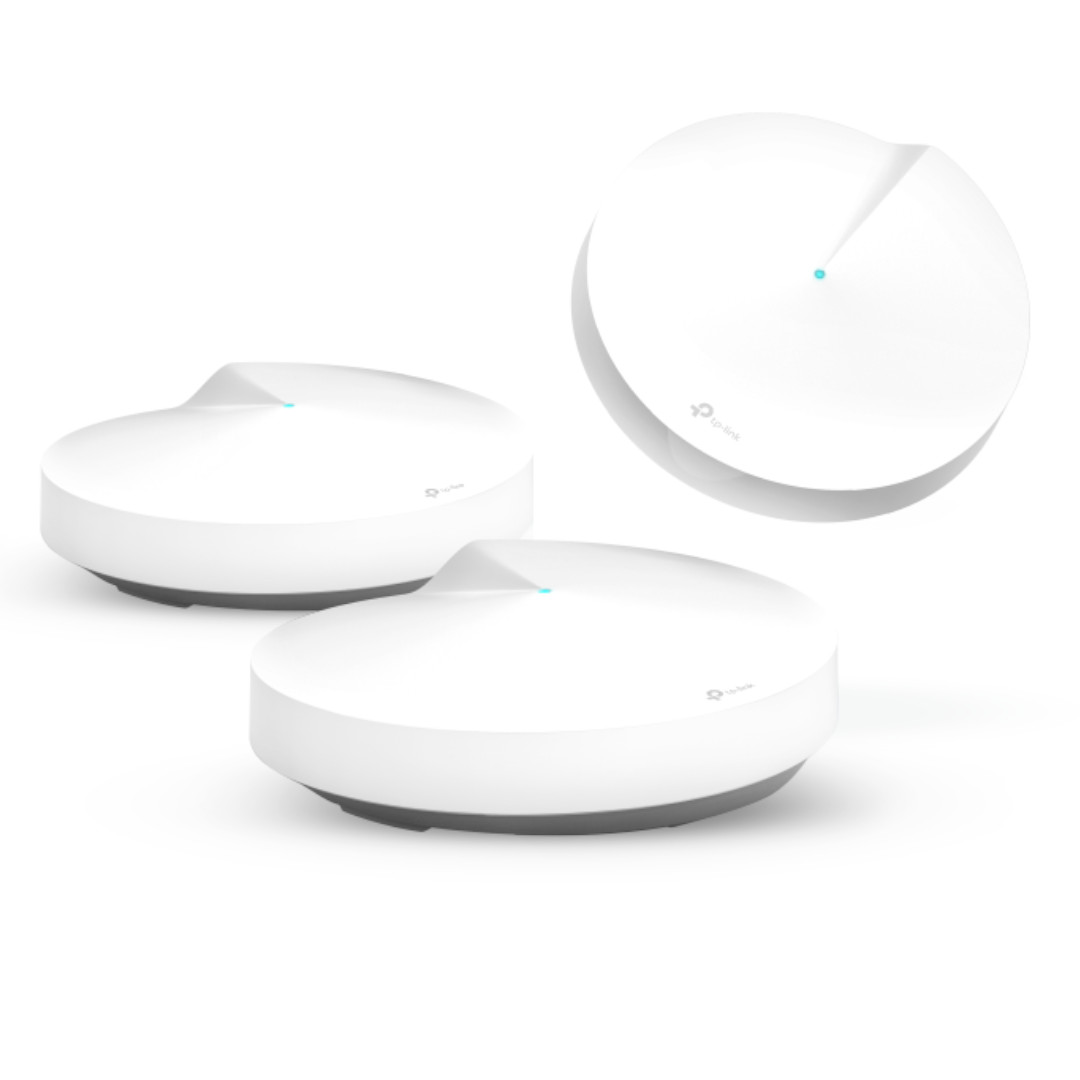
TP-Link crams some impressive features in the Deco M5's small form factor. This router kicks out AC1300 Wi-Fi speeds with four internal antennas as well as two gigabit Ethernet. Getting a mesh network online with the M5 should be a snap. It can be easily concealed in any room.
For
- Fast AC1300 speeds
- Two Ethernet ports
- Small size
- Works with other Deco products
Against
- Boring design
- Setup requires an app
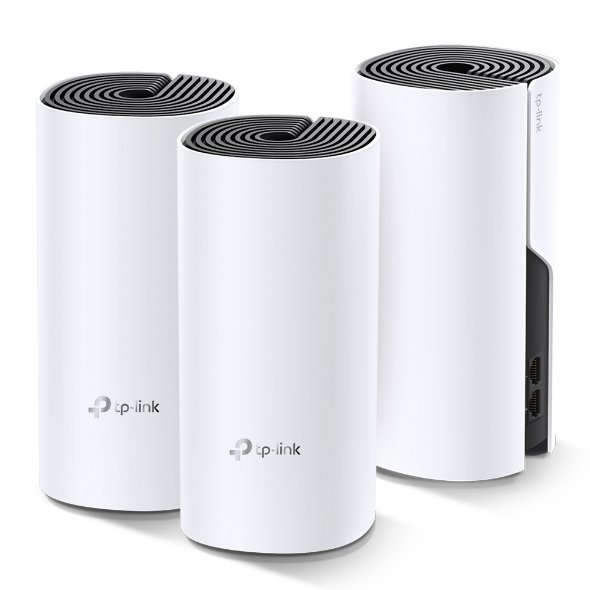
Doing its best to live up to its art deco name, the M4 features an interesting appearance and some impressive specs to back it up. With support for AC1200 Wi-Fi speeds and two gigabit Ethernet ports, the M4 will fit in well with your existing Deco mesh or be a solid foundation for a new one.
For
- Adequate AC1200 speed
- Two Ethernet ports
- Eye-catching design
- Works with other Deco products
Against
- Difficult to conceal
- Low speeds on 2.4Ghz
- Setup requires an app
The newer TP-Link Deco M4 tries to replace the Deco M5 with similar specs and a more inspired design. In many ways, it's a more interesting product to look at and will likely be more visually cohesive with the decorations you already have in your home. The hockey puck design of the M5, however, makes it much easier to conceal at the back of a shelf or even mounted on the wall like a smoke detector. The Deco M5 also boasts slightly beefier specs, including 2.4Ghz speeds at 400 Mbps speeds, which is 100 more than the M4. Overall, the size and speed advantage make the Deco M5 the better device for your mesh.
Fast Hardware and Fast Wi-Fi
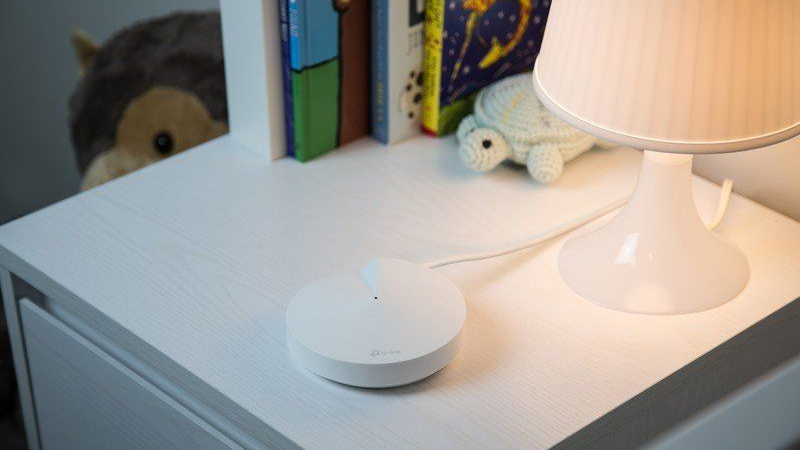
To be fair, both of these products are very similar in the speed they will deliver to your Wi-Fi devices. They can both push speeds of 867 Mbps at 5Ghz. However, the Deco M5 pulls ahead with 2.4Ghz speeds at 400 Mbps versus the Deco M4's 300 Mbps. While the majority of new devices with Wi-Fi support 5Ghz, there are a lot of older devices that only support 802.11n, recently renamed Wi-Fi 4, on the 2.4Ghz band. This includes the original PS4, which will be held back at 300 Mbps.
Both the Deco M5 and M4 support MU-MIMO, which stands for multi-user, multiple-input, and multiple-output. This technology helps keep speeds consistent and buffering to a minimum if you have a lot of devices connected, like a bunch of excellent smart home devices. With many people carrying two or more Wi-Fi devices all the time, such as a smartphone and smartwatch, MU-MIMO keeps these devices running normally. You can even add guests and all their devices without severely impacting performance.
| Header Cell - Column 0 | TP-Link Deco M5 | TP-Link Deco M4 |
|---|---|---|
| Wi-Fi Speed | AC1300 | AC1200 |
| Ethernet Ports | 2 | 2 |
| Antennas | 4 | 2 |
| MU-MIMO | yes | yes |
| Wireless Standards | IEEE 802.11 ac/n/a 5 GHz, IEEE 802.11 b/g/n 2.4 GHz | IEEE 802.11 ac/n/a 5 GHz, IEEE 802.11 b/g/n 2.4 GHz |
| Frequency | 2.4 GHz and 5 GHz | 2.4 GHz and 5 GHz |
All Deco products can work together as part of the same mesh, so if you already have one of these products, you can make your decision on which one to get without worrying about compatibility. Both products feature two Ethernet ports so you can connect additional wired devices to your network. One port will be used to connect to the primary unit's modem. These routers can also be set up with an app available on Google's Play Store or Apple's App Store.
Aesthetic network equipment
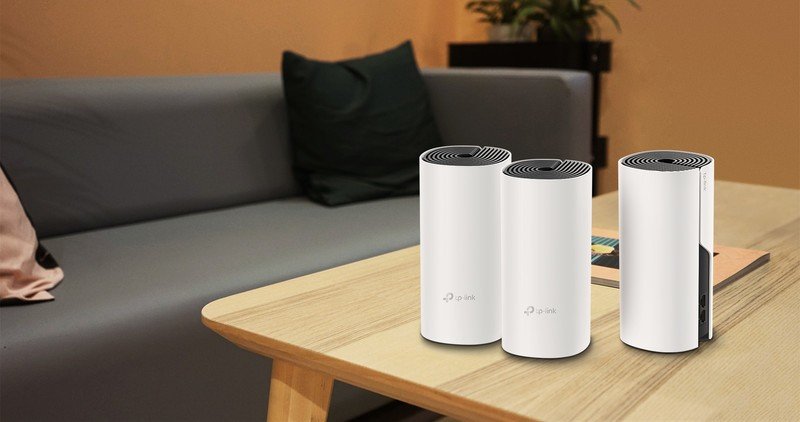
When it comes down to it, the biggest difference between the Deco M5 and the Deco M4 is the design. The Deco M5 has a much smaller space requirement and can be worked into nearly any area, making it easy to place it in the most optimal spot. The Deco M4 requires a lot more vertical space. That being said, the brave appearance of the Deco M4 fits its art deco inspired name with great vertical lines and an ornate vent pattern on top that beautifully blends function with design excess.
Still, there is no substitute for raw performance when it comes to your network and the power and small size of the Deco M5 make it easy to recommend. Even when compared to some of the other best wireless routers. When it comes to your mesh network where every device needs to be able to efficiently talk to one another, speed is king and the Deco M5 reigns supreme.
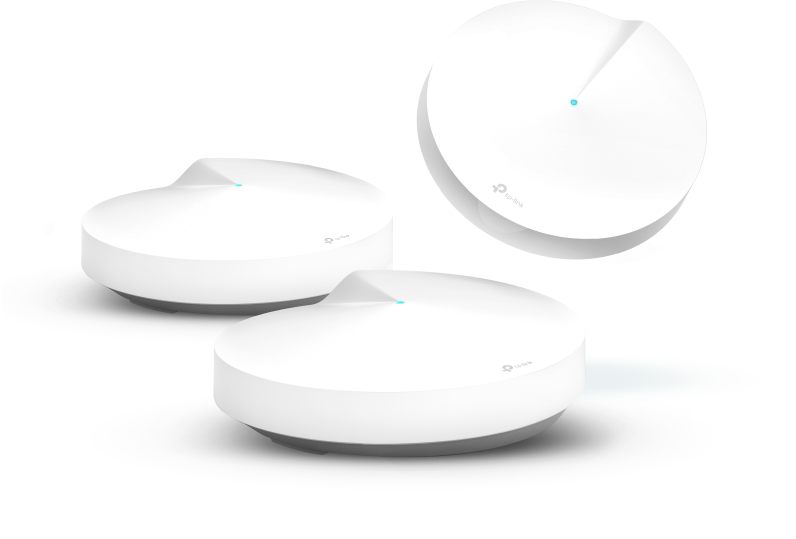
Small package, big network
Build a mesh with the TP-Link Deco M5 and keep speeds high in every room thanks to its subtle design and top specs like MU-MIMO support and AC1300 Wi-Fi.
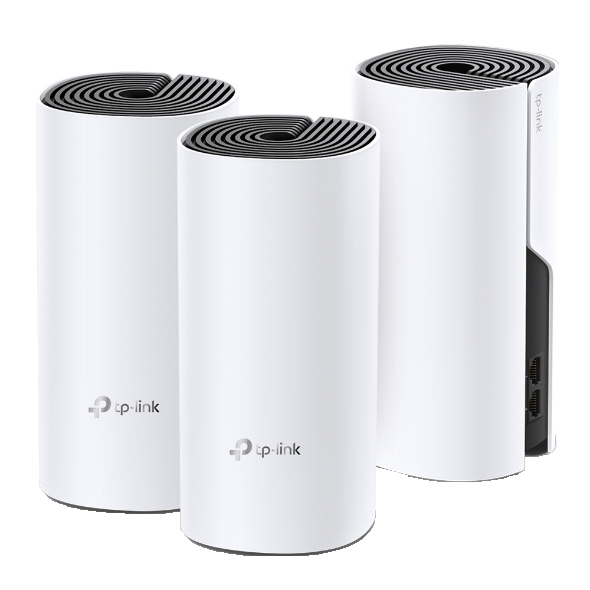
Newer design, older features
The TP-Link Deco M4 has a modern design kind of like a large coffee tumbler. Good AC1200 Wi-Fi speeds and MU-MIMO help eliminate dead spots in every room.
Be an expert in 5 minutes
Get the latest news from Android Central, your trusted companion in the world of Android
When Samuel is not writing about networking or 5G at Android Central, he spends most of his time researching computer components and obsessing over what CPU goes into the ultimate Windows 98 computer. It's the Pentium 3.

